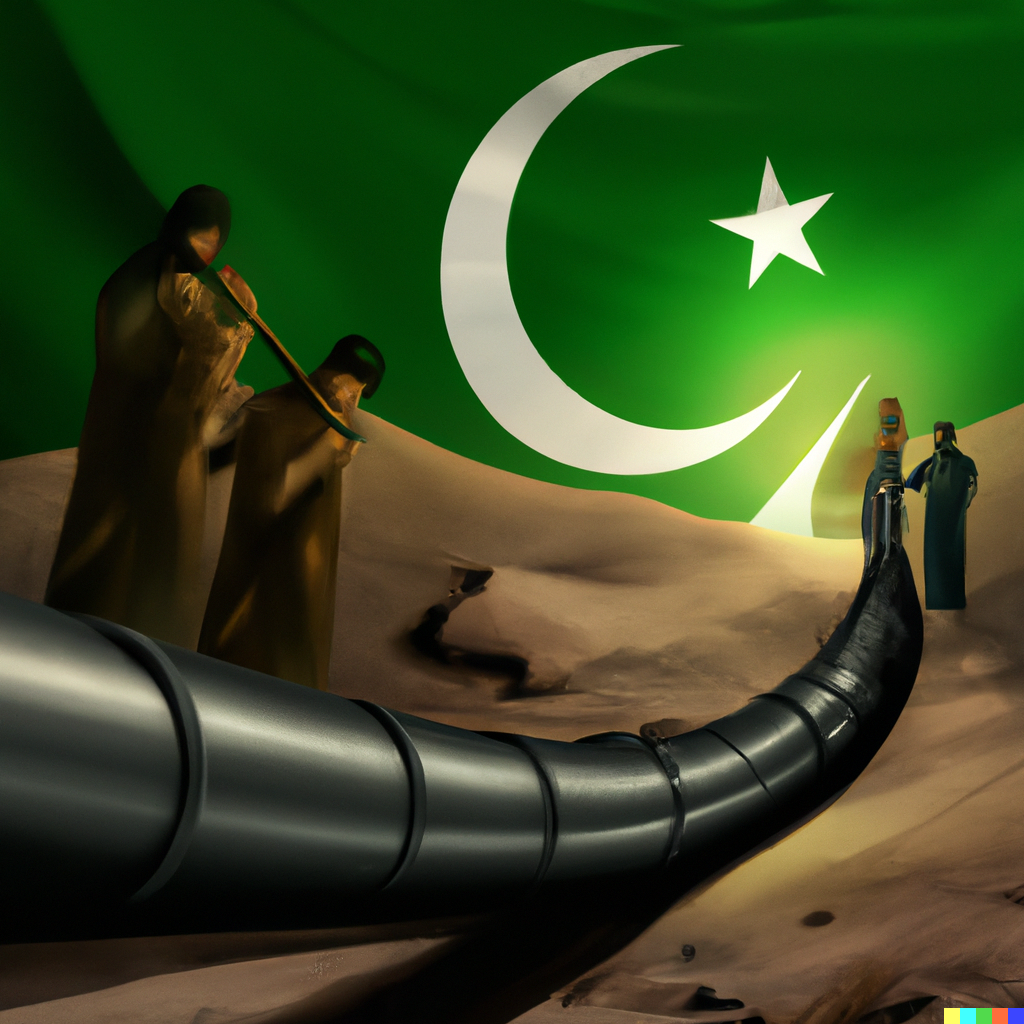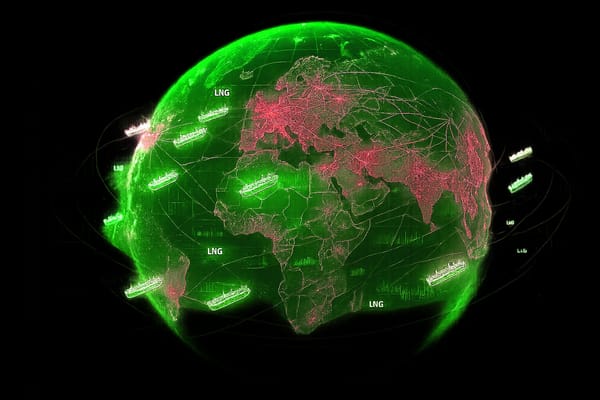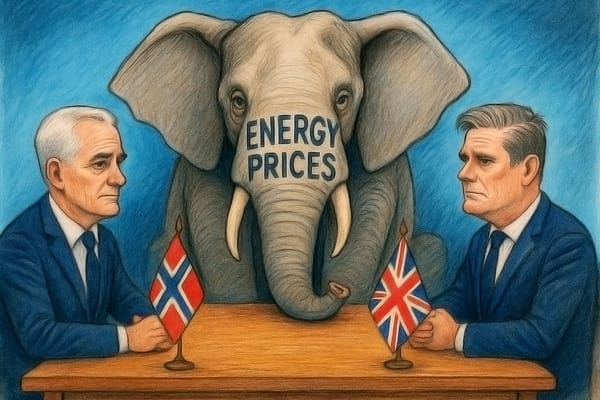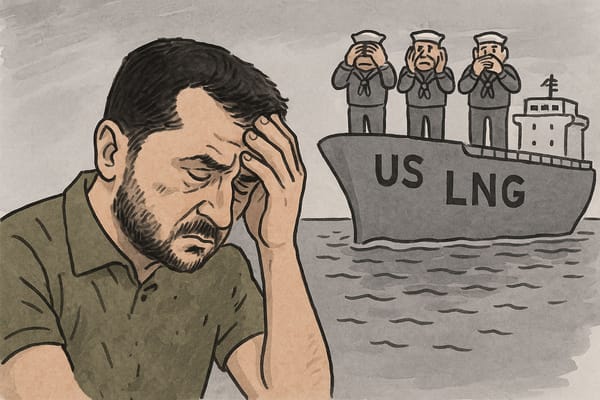Zombie pipelines taunt Pakistan
Pakistan is the Asian ‘energy bridge’ that never got built. Now the country is about to implode under the pressure of unaffordable energy.


Member discussion: Zombie pipelines taunt Pakistan
Read what members are saying. Subscribe to join the conversation.





